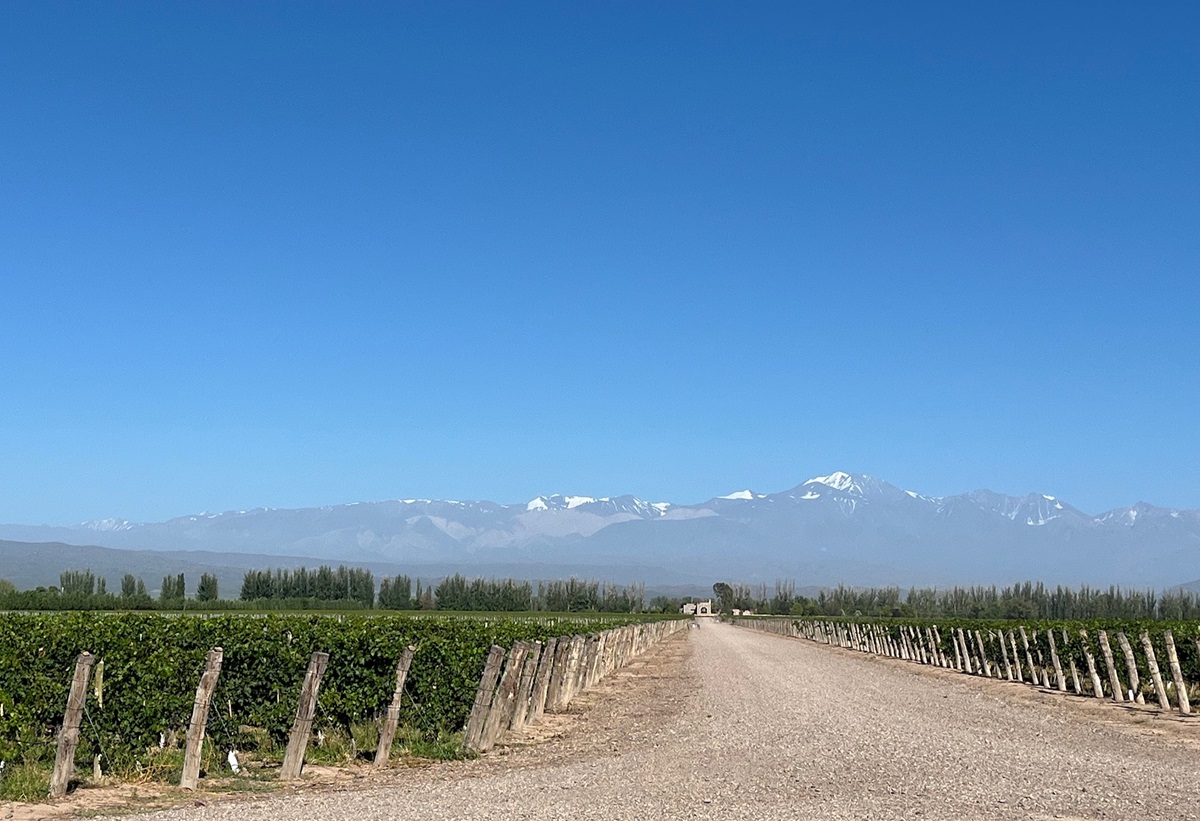TASMANIAN FIZZ
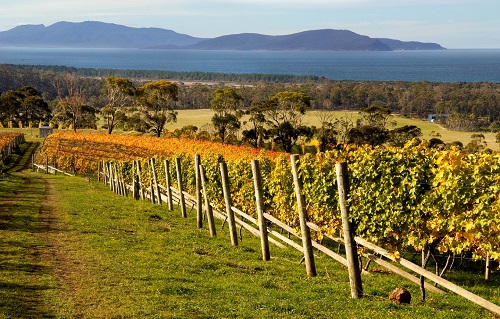
By Rose Murray Brown MW Published in The Scotsman 13 November 2021
Twenty seven years ago English-born winemaker Ed Carr was tasked by Hardys Wines to find a suitable place in Australia to make top sparkling wine.
Carr chose Tasmania – and created House of Arras – and is still on the island making some of the best fizz ‘down-under’.
What attracted Carr to the Apple Isle was that he reckons Tasmanian grapes are fundamentally different from other cool climate sites in Australia, like New South Wales’ high altitude Orange region.
Tassie fruit is tighter, leaner and more minerally. The long cool autumn days, soft sun and coastal winds make it a perfect place for ripening grapes with high natural acidity ideal for making premium fizz.
Tasmania is a small island with diverse soils ideal for creating fizz blends. Working with island growers, Carr buys East Coast and Pipers River Chardonnay and Pinot Noir from Upper Derwent and Coal River Valleys in the south – and is looking at cooler northwest Devonport, previously thought too chilly.
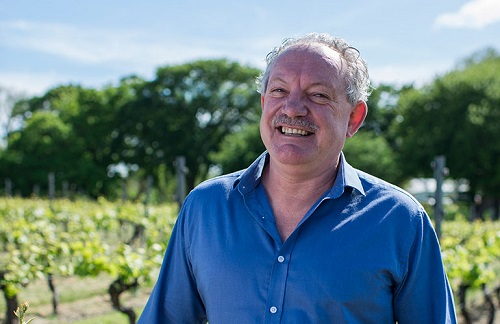 Of three classic Champagne grapes planted, Carr believes Pinot Meunier has most potential in Tasmania as it makes wines more attractive at a young age.
Of three classic Champagne grapes planted, Carr believes Pinot Meunier has most potential in Tasmania as it makes wines more attractive at a young age.
The core element of Arras’ rich style is its long time on lees after second fermentation in bottle. Carr mentions lees ageing is about holding your nerve; four years for non-vintage, seven for vintage and ten for disgorged vintage.
You would be forgiven if you had not heard of Arras. Until now 97% of its 250,000 bottle production was snapped up in Australia, but new owners Carlyle Group plan to expand production. Carr is adamant the signature long lees ageing will remain, very much part of House of Arras richness and depth.
Tasmania’s wine industry has changed dramatically since mid-1990’s, when mostly small family wineries and pioneers like Andrew Pirie braved the chilly westerlies.
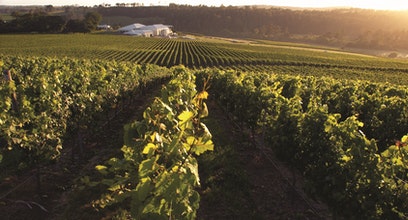 The Hill Smiths of Yalumba were early investors creating Jansz, but many bigger companies like Domaine Chandon bought from small growers to add acidic zip to blends and shipped the base wine 260 miles across Bass Strait to the mainland.
The Hill Smiths of Yalumba were early investors creating Jansz, but many bigger companies like Domaine Chandon bought from small growers to add acidic zip to blends and shipped the base wine 260 miles across Bass Strait to the mainland.
The first sparkling wine made in Australia was on Tasmania in 1826 created by an English convict. Two centuries later this cool windy isle, on a similar latitude to New Zealand’s South Island, is attracting attention for both sparkling and still wines. Currently 40% of Tasmania’s 2,000 hectares of vineyards are used for sparkling
“Tasmania is a cold island with a hot reputation producing outstanding sparkling wine”, says Hugh Johnson in his Pocket Wine Book 2022.
This picturesque quaint island is highly sought after with artisan producers joined by big companies like Brown Brothers. With temperatures warming in mainland Australia with earlier harvests, increasing droughts and devastating fires (although Tasmania is not exempt) – there are fears parts of New South Wales and North East Victoria may be too hot, dry and expensive in a few decades.
Tasmanian sparkling wine is not well-known, but offers value and quality. Even though it regularly wins trophies and gold medals beating more expensive fizz in competitions – few drinkers have heard about them.
If you are looking for good fizz to serve at Christmas, Jansz is hard to beat on value (its premium cuvees are transfer, not traditional, method). For citric elegance Josef Chromy’s fizz, produced south of Launceston, is a good buy – a sparkling wine estate set up by the indefatigible Tasmanian wine pioneer, Czech immigrant Chromy, at the age of 76. If you prefer richer toastier evolved fizz, Arras Vintage is a fraction of the price of Krug.
“Ed Carr is truly a wizard in making sparkling wine…he and Arras should be better known worldwide”, says fizz expert Tom Stevenson, who honoured Carr with Lifetime Achievement Award at Champagne & Sparkling Wine Championship in 2018.
JANSZ PREMIUM CUVEE NV
£17.99-£19.50 Waitrose; Cockburns of Leith; Lockett Bros; Oddbins; Harvey Nichols; Slurp
Clever blend of several vintages in this 53% Chardonnay, 44% Pinot Noir, 3% Pinot Meunier blend: lightly yeasty, velvet smooth silky palate.
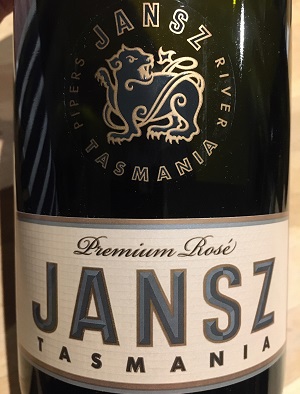 JANSZ PREMIUM ROSE NV ***STAR BUY***
JANSZ PREMIUM ROSE NV ***STAR BUY***
£17.95 Fine Wine Musselburgh; Ocado; Wine Direct; Noble Green; Cambridge Wine; Slurp
Prominent strawberry aromas, lightly toasty, fleshy elegant Pinot Noir-dominant blend.
JOSEF CHROMY NV
£23 Vinvm; Simply Wines Direct; Australian Wines Online
Pinot Noir-dominant cuvee with attractive brightness, purity and fresh acidity.
HOUSE OF ARRAS ELITE BRUT CUVEE
£29.99 Majestic Wine
Rich red fruits, gentle vanilla notes, richly textured, still delicate with great finesse.
PIRIE NV
£27.50 The Wine Society; Alexander Wines
Rich yeasty notes with heavy dense citric palate in this 55% Chardonnay/45% Pinot Noir cuvee.
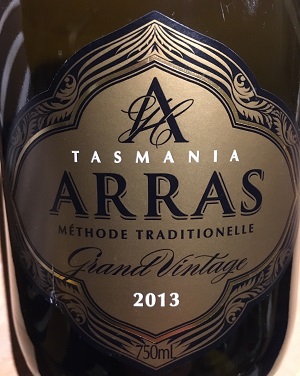 HOUSE OF ARRAS GRAND VINTAGE 2013 ***STAR BUY***
HOUSE OF ARRAS GRAND VINTAGE 2013 ***STAR BUY***
£34.99 Ministry of Drinks; Vinorium
The 15th release of this wine: big rich toasty leesy flavours, but this lemony Chardonnay-dominant blend is still sleek and elegant.
Gift vouchers available for Rose’s virtual & in-person wine tastings in Edinburgh, Glasgow & St Andrews www.rosemurraybrown.com
wine tastings
The perfect gift for the wine enthusiast in the family. Rose does In-person tastings too.
cellar advice
Rose does cellar valuations for private clients, valuations for insurers & bespoke portfolio management.
Related stories
March 31, 2024
By Rose Murray Brown MW Published in The Scotsman 30 March 2024 On 2 February 1659, the first wine made from grapes grown in South Africa was crafted by the Governor of the Cape, Jan van Riebeeck. He had planted vines four years earlier in the Company’s Garden near Cape Town from cuttings imported from France. Van Riebeeck’s first
March 24, 2024
By Rose Murray Brown MW Published in The Scotsman 16 March 2024 Heatwaves and bushfires were very much on the agenda when I visited Chile last month as winemakers prepared for their 2024 harvest in blistering heat and drought, with a plume of smoke from the devastating fires lingering over coastal hills. Heat and drought are the greatest challenges
March 23, 2024
By Rose Murray Brown MW Published in The Scotsman 9 March 2024 I have two glasses of Malbec in my hands from the same high-altitude vineyard in Uco valley in Argentina. I am in the Catena Institute of Wine in Mendoza with winemaker Agustin Silva. He has asked me to taste the two wines, both from the 1500m high



